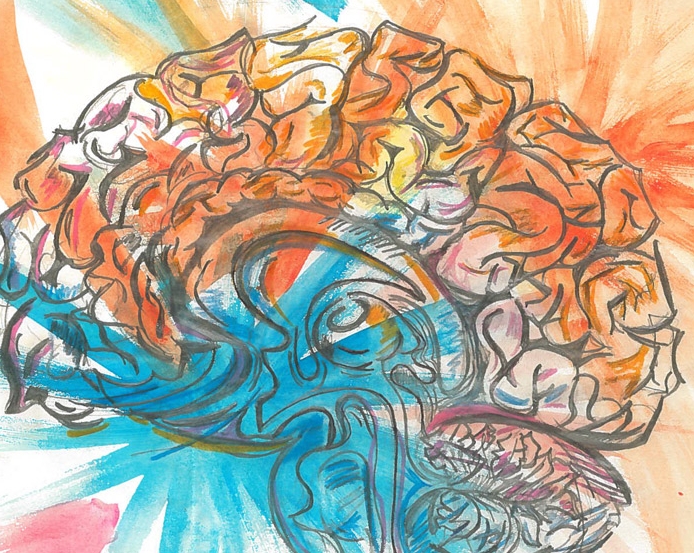Researchers in the Douglas Mental Health University Institute’s Translational Neuroimaging Laboratory at McGill have created an artificial intelligence-based algorithm to recognize dementia before its onset—an elusive task, even for neurologists. The algorithm uses statistics to learn what the determining markers of the disease are—a process called machine learning, a branch of artificial intelligence.
With a success rate of 84 per cent, the algorithm identified individuals who would develop dementia 24 months later.
Dementia is a disease characterized by memory loss. It can range from subtle to severe, with many types—the most common form being Alzheimer’s disease. Currently, no practical treatment exists for Alzheimer’s, while only a few pharmacological studies have reported conclusive data on preventing its onset.
The development of the novel algorithm used in the study took time. First, the algorithm had to be trained to analyze the expression of amyloid protein—a marker for Alzheimer’s—in positron emission tomography (PET) scans of patients with mild cognitive impairment (MCI). These scans are employed by a variety of researchers to identify the health of organs and tissues.
The algorithm had to go through a series of processes before it was applied among patients. Computer scientist and master’s student at McGill University Sulantha Mathotaarachchi told The McGill Newsroom that he “used hundreds of amyloid PET scans of MCI patients […] to train the team’s algorithm.”
Once the training session was complete, the team applied the algorithm to a new pool of patients with mild cognitive impairments, and predict which patients would develop dementia.
Amyloid protein can pile up, forming a deposit in the brain. However, not all regions that have the amyloid deposit may pertain to progression of Alzheimer’s. Over time, the amyloid chunk can grow or wither in specific regions. Identifying such locales within the brain is crucial to make this algorithm capable of predicting the course of the disease.
“The algorithm operates in two stages: First it identifies the brain regions which [could be relevant to Alzheimer’s] progression,” Mathotaarachchi said. “[The second] step is to use these signatures with machine learning to predict if an individual will progress to Alzheimer’s dementia in 24 months.”
The creation of this algorithm marks an unprecedented achievement in the history of Alzheimer’s research. However, according to Mathotaarachchi, amyloid is only one of the biomarkers for Alzheimer’s.
“The algorithm could be used to enrich clinical trial populations,” Mathotaarachchi said, since subjects who are at a higher risk of developing Alzheimer’s make good candidates for testing the efficacy of new drugs.
To test the efficacy of a drug during clinical trials, clinicians recruit patients, divide them into two groups, and administer a drug of interest to one group (the experimental group), and a placebo to the other. The goal is to prevent the experimental group from developing the illness. However, it is difficult to select patients who will develop the targeted disease in the first place. Some members of the experimental group may not have developed the disease being studied, with or without the drug of interest.
In an interview with Live Science, Dr. Pedro Rosa-Neto, a senior co-author of the paper and associate professor in the Department of Neurology, Neurosurgery, and Psychiatry at McGill, discussed how this algorithm could benefit future pharmaceutical studies.
“If you can tell from a group of individuals who is the one that will develop the disease, [you] can better test new medications that could be capable of preventing the disease.” Rosa-Neto said.
With this artificial intelligence-based algorithm, clinician-scientists can select more accurate patient-pools to test the effects of drugs in trials for Alzheimer’s studies.
“The future steps will be to incorporate more biomarkers, including structural imaging and neuropsychiatric measurements,” Mathotaarachchi said.
The lab has also created a real-time prediction tool, free and online.
“This is a pilot prototype using amyloid imaging data,” Mathotaarachchi said. “However, the framework can be used with any biomarker measurements available, including neuropsychiatric measurements.”
With this algorithm, clinicians could find apt patients for Alzheimer's studies, run efficient drug trials, and hopefully discover one that would prove effective in treating Alzheimer’s disease.






